
Polar has just announced their newest watch – the Ignite 3. And despite being a watch typically focused on the mid-range price bucket, they’ve gone ahead and put their most advanced technology to date into it. It features a stunningly beautiful AMOLED display with Gorilla Glass 3, while even more notably adding in multiband/dual-frequency GNSS, making the Ignite 3 the first Polar product to have it, and joining the likes of Apple, Garmin, COROS, and more.
Beyond that, Polar has added a smaller slate of updates and tweaks, mostly long-running requests from previous Polar Ignite models. These include the addition of manual laps via ‘Slap to lap’, as well as adding in the Running Test and Walking Test. Further, they’ve increased the processor, added watch face customization, and an always-on display. Coming later this month, Polar will roll out two additional features, including what they’re calling ‘SleepWise’, which Polar says is essentially an analysis of how last night’s sleep will impact your day ahead, including a forecast of “daytime alertness levels”. The second feature is audio guidance during training, when using headphones or your phone’s speaker.
As usual, this watch is a media loaner, and it’ll go back to Polar. This review is not sponsored (nor does any company get to preview anything I review), and I don’t take any advertiser money from any companies I review. And as regular readers know, if something is crap, I’m gonna tell it brutally like it is – no matter the brand. Once this unit goes back, I’ll go out and get my own for any future testing needs. If you found this review useful, you can use the links at the bottom, or consider becoming a DCR Supporter which makes the site ad-free, while also getting access to a mostly weekly video series behind the scenes of the DCR Cave. And of course, it makes you awesome.
What’s New:
Here’s a quick rundown of what’s new or notable in the Ignite 3:
– Switched to 1.28” AMOLED touchscreen display (416×416, 16M colors), size increase of 20%
– Switched to Gorilla Glass 3.0
– Added Always-On Display Option
– Added multiband/dual-frequency GNSS (by Sony)
– Doubled the processor power (2x previous Ignite 2)
– Added ability to customize watch face widgets (aka data complications)
– Added Running & Walking Tests (previously only had Fitness Test)
– Added manual laps (via slap)
– Added Race Pace
– Added Location-based Autolap
– Changed to horrifically bad new strap design
– Existing Polar Prime optical HR sensor
– Smartwatch Battery life: Up to 5 days in non-always-on display mode
– GPS battery life: Claimed up to 30 hours of GPS time and HR tracking
– Watch weighs 35g, includes two size straps in box (20mm size)
– Metal bezel edge, plastic case otherwise
– Price is $329USD/329EUR
Additionally, there are two further features not available at launch, but will come later this month in a firmware and app update:
– Adding SleepWise Insights: These will essentially show the impact of last night’s sleep on your day ahead
– Adding Voice Guidance during training: This will use Bluetooth headphones or your phone’s speaker to give you workout stats mid-workout
Note that Polar says that SleepWise insights will be rolled out to all Polar devices that currently support Sleep Plus Stages, after the initial Ignite 3 rollout, specifying a time of “Later this year”.
The core sport differences to something like a Polar Pacer Pro watch (similar price point), is that the Polar Pacer Pro has a barometric altimeter, running power, dedicated lap buttons, and more training/recovery metrics. Plus routing/course support. That’s just a short list, there are plenty more smaller things.
The Basics:
This section is all about the basics of using the Polar Ignite 3, including the display/touchscreen, as well as things like activity tracking, sleep tracking, and so forth. The specifics of sports tracking come in the next section.
The Ignite 3 uses a combination of a single button and a touchscreen. You’ll use the touchscreen for most navigation, while the button acts as a ‘back’ sync starter (if long held). While Polar has long used this single-button design for the Ignite series, the simple reality is 2022 saw many one-button watch companies add more buttons. And even those with two-button touchscreen designs increased buttons. I suspect it might have just been too late for Polar to get on board that wave.
In any case, the AMOLED touchscreen is beautiful to look at, and by far the most brilliant display Polar has used to date. The glossy curved edges look great in real life, and the size of the screen rivals many of the larger screen devices out there. They manage to hide the bezels well, using the curvature of the display. Somewhat similar to what we see with the Google Pixel watch, except carried out a bit better.
The downside though is that despite Polar doubling their processor, the actual interface is super laggy. Some actions carry out quickly, but many having 1-3 second lag/delays on them. It’s infuriating, and would be the single reason I couldn’t use this watch beyond this test period. I could almost deal with the bad GPS, but I can’t deal with how painfully latent it often is (check out the video for examples).
Specific actions that cause tremendous lag are opening dashboard pages (to see activity tracking stats), pressing the button to go ‘back’, swiping down, and swiping up and out of notifications. The settings menu seems normal/fast though, I guess.
In any case, one new change they’ve made is the ability to customize the watch face complications (those are the data bits). You can choose which data bits you want in each one of the spots/bubbles, and can do that for different watch faces. It’s easy to use, I like it.
Once you’ve done that, here’s my watch face, showing me battery (left), heart rate (top), weather (right), and steps (bottom):
Note that the watch face isn’t always-on by default, but you can turn it on like I did. Otherwise, the display will turn off when you lower your wrist, and then turn back on when you raise your wrist. Unfortunately, Polar’s wrist-raise detection isn’t great, so it’s about 1.5 seconds of lag before the display lights up, on a desk scenario, and about the same each time during a workout.
If you have always-on display enabled, the watch face you configured isn’t actually what you’ll see 24×7. Instead of a blank/black page when your wrist is down, you’ll see an abbreviated clock, which saves battery:
When you raise your wrist, you’ll get the full watch face as noted above. From a battery standpoint, this always-on mode is putting me at basically 1.5 days’ worth, assuming I set it to sleep mode at night. That’s inclusive of 50 minutes of GPS time/workouts, and another 30 minutes of non-GPS workouts. It seems to burn far more battery at night sleeping than I’d have expected (30-40% for 6-8 hours). [Update: Polar has put together an impressively complete detailed chart of different battery burn rates, you can find that here.]
Now, if you swipe to the left or right, you’ll get into the dashboard views. These are basically widgets containing focus areas like step tracking, workout tracking, sleep, and so on. For example, here’s the steps one:
From there I can tap it, and then look at more detailed information about my steps and energy:
The same is true of sleep, where I can see sleep details there:
Coming later in November is the new SleepWise feature, which will automatically use last night’s data to provide analytics on how the day ahead will go, including when you should go to bed that next night. The idea behind this is to see which periods of time you should stay at the café drinking many cups of coffee. This feature isn’t available yet, but here’s a look at it, from a screenshot from Polar:
Here’s the sunrise/sunset widget, and then the detail page below it, which I find pretty:
Same goes for weather, it looks nice! Well, not my specific weather, but the page does:
You’ll also see this Daily Workout Suggestion page. But more on that down below in the next section:
Now, it’s worth noting that many of these data points above utilize the optical heart rate sensor on the back. This is one of a number of optical HR sensors that Polar has in their stable, and thankfully I’d say this is the best variant they have:
You’ll see the heart rate details in a variety of places, but you can see the HR details as well as plenty of other stats within the Polar Flow smartphone app:
Finally, there are two smartwatch-related features. First is smartphone notifications. These will show whatever smartphone notifications are on your phone, but on your watch instead. These look really pretty, but, seem to have some bugs. Check out this message that Des sent me. The taco is missing on the Polar Ignite, yet shows up on the Garmin Forerunner 955. Of course, the Polar display looks brilliant here in comparison – but, it’s still missing the taco. And Taco Time without Tacos is just sadness. Much sadness.
Next, there are music controls. These control the music on your phone. There is no music onboard the Polar Ignite 3, so any music you listen to or control is on your phone.
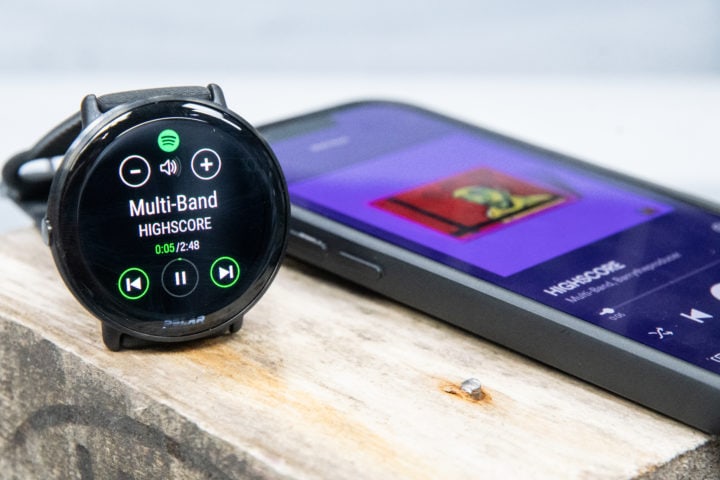
Still, this works well enough, and I like that it shows the icon of the music app you’re controlling up top.
Finally, there are no NFC/contactless payments here. I wouldn’t expect that anytime soon. Much like streaming music services, those castle walls have largely been built-up by the majors, and I don’t see that changing. There are enormous business and user-base moats that a smaller company like Polar simply can’t get past these days. Their only real option is going towards Wear OS, which for a watch like the Ignite 3 might have actually been a good idea – as it would have got them access to everything, with relatively similar always-on battery life (though unfortunately, not likely with access to the Polar Precision Prime optical HR sensor, as the Google Wear OS platform has basically an approved list of OEM hardware components and that isn’t on it).
Sports Usage:
Next, we’ll dive into the sports side of things, and the best way to do that is via starting with the suggested workouts. This feature is called FitSpark, and is where Polar gives you suggested workouts from one of three categories: Strength, Cardio, or Supportive (Stretching/Core). If it’s your first workout of the day, it’ll usually be a Strength or Cardio suggestion, like shown here earlier today:
Then later in the day after that first workout, you’ll see Supportive sessions, such as these stretching/core workouts:
I like FitSpark quite a bit, but it’s important to understand the pros and cons to it. FitSpark is great at not caring what sport you do to get your heart rate up. Meaning, sure, you can go do a run, but you can also do a ride, or whatever you want. It’s focused on HR zones. Whereas something like Garmin’s Daily Suggested Workouts are hyper-specific, but only available for running and riding. Meaning, if those aren’t your jam, you’re kinda out of luck. Inversely, with Polar though, the workouts aren’t super specific. So if you’re a runner, you’ll probably find them a bit ‘blah’, but if you’re more of a generalist, then you’ll probably enjoy them.
With your pain and suffering options laid out, it’s time to pick a sport. The Polar Ignite 3 has some 150+ sport profiles, though it stores about 20 of them on the watch, the rest you can choose from the smartphone app. You’ll swipe up and down in the list to find which sport profile you want, and then it’ll start finding GPS (if outdoors), and your heart rate. You can pair it up to an external heart rate sensor if you want as well:
The little settings option allows you to add a structured workout (different ones than the FitSpark ones), as well as any other goals. You can create these workouts on the Polar Flow app. Note: There is no course following/routing feature here.
Also, before you start you can add both carbs (nutrition) and hydration reminders. These can be manual reminders, or smart ones based on what it thinks you need to consume.
Once you’re ready, go ahead and tap the big red dot on the screen, and off you go. As you run along (or do whatever sport it is that you do), you’ll see your data metrics, per what you’ve configured. Here’s a quick look at a few from my run:
You can configure these metrics in the Polar Flow app, both adding data pages, and also tweaking what’s on them.
For those runners that may be wondering, no, there’s no running power included here. This is because there’s no barometric altimeter, which is required for that type of feature. Likewise, as noted before there’s no routing, and further no magnetic compass. However, you can show ‘Back to Start, which shows the direction of your starting shack. This doesn’t (annoyingly) show the actual route/path/trail that you’ve done thus far, but rather just an arrow in the direction of home, as the crow flies.
As with the rest of daily usage, the screen will turn off when your hand is down. It seems to take about 1-1.5 seconds to come back on again in sport mode, while running along (when I raise my wrist). That takes a bit of getting used to again mid-workout when I want a quick pace-check, since most other gesture-based watches tend to be faster here.
Pace responsiveness while running seems reasonably stable, reasonably quick, and in line with most other watches these days. There’s also the newly added ‘Slap to Lap’, or, you can use autolap on predefined intervals.
After the workout, you’ll get a few summary screens with your key workout stats, including heart rate zones, Vo2Max level, etc… All these are also available afterwards on the Polar Flow app, as seen below:
In addition, it’s also worth noting that the Polar Ignite 3 supports broadcasting of your heart rate via Bluetooth Smart. This way you can pair it up to 3rd party apps and devices, such as the Peloton Bike, Zwift, etc… As long as that app/device supports Bluetooth Smart (and, it mostly likely will), you’re in good shape:
Finally, as noted earlier, Polar has added both the Running Test & Walking Test to the Ignite 3, which previously only had the generic Fitness Test in the Ignite 2. The purpose of these tests is to establish your VO2Max. I’ve historically found Polar’s Running Test pretty close, whereas the Walking Test seemed to completely miss the boat (vastly undercounting). Keep in mind though that it does predict your VO2Max during most workouts (listed as ‘Score’ on the workout summary page), however, the point of the test is to be a bit more accurate.
GPS & HR Accuracy:
In this section, I’ll take a look at the GPS & heart rate accuracy of the Polar Ignite 3. In these tests, I’m comparing them against a ‘known good’ chest strap (the Polar H10 or Garmin HRM-PRO Plus), as well as one or more other watches or optical heart rate sensors. In these tests, only one watch is worn per wrist to ensure optical HR accuracy is still valid. Additional sensors may be worn on the upper arm (Whoop or Polar Verity Sense), the finger (Oura), or the chest (various chest straps).
For all these tests, the Polar Ignite 3 was set in the highest accuracy mode possible (which is multiband, but there are two options in the settings, still, the default is multiband). All other watches were set in their highest respective modes. Multiband/dual-frequency for Garmin watches, multiband/dual-frequency for the COROS APEX 2 Pro, ‘All Systems’ for the Apple Watch SE, and ‘All Systems’ for the Suunto 9 Peak Pro.
First up we’ve got a look at a run I did out in the park/forest. On the whole, this should have been a pretty easy run, given a chunk of it was next to the wide open rowing basin, and the other tree portions where the leaves are starting to fall. However, in reality, it’s just not ideal. I don’t even have to load up the comparison sets for it – because the screenshots from the app tell you all you need to know for this lollipop out and back course, where the tracks in these sections should be identical. Instead, they’re like 2-3 boat lengths apart.
Sadly, they’re not. And not by a little bit – but by a lot bit. The Apple Watch SE (2nd Gen) and Garmin Forerunner 255, both laid down identical out and back sections.
Next, we’ll look at a run my wife did – a relatively straightforward out and back. This was done on a running/bike path, and thus should have been identical in both directions. The ‘terrain’ around it was almost entirely open, save a little bit of non-dense trees a few car lanes worth of distance off to the side, and then passing one or two buildings towards the turn-around point. But overall, this should have been an easy test. This was compared to her Garmin Fenix 7 Solar Sapphire (also multiband):
As you can pretty easily see, the Ignite 3 didn’t do well. The out and back portions didn’t match coming back, and had a very clear gap between them, putting her in either canals or on the tram lines.
Here at this turn section, you can see just how wide the differences are:
This is a good example of a workout that should have been easy for the unit to tackle, and unfortunately it missed it. And I get that being 2-3 lanes worth isn’t that big of a deal in the grand scheme of things, but if a watch can’t get what is essentially an easy neighborhood run right, why bother with multiband?
Next, we’ve got the toughest course I can throw at it, one that’s basically made for multiband watches – ideally to highlight their tracking prowess. However, I did at least start and end in pretty easy areas, to give it a chance of showing off its tracing capabilities in more mundane scenarios. I’ve got a slew of watches here, but I did notably include the similar-priced Polar Pacer Pro (which lacks multiband GPS). I also included the Garmin Forerunner 255 ($25 more), that does have multiband, plus the just-released COROS APEX 2 Pro ($499) that has multiband too. Here’s the high-level overview, which shows the trouble brewing over in the city area:
First up though, let’s look at a relatively easy straightaway section, and then a turn with more straightaways. Here we see the Polar Ignite 3 in red (ok, it’s hard to see, so I’ve added some arrows for areas to focus on). For almost this entire stretch it’s either in the middle of the road (versus the bottom side of the road), or it’s across the street in the buildings. Which, is the same place the COROS APEX 2 Pro is. Take a look at the lower right arrow, that’s the crosswalk I ran on the edge of – only the Garmin FR255/955 got this correct.
Things get worse for the Polar Ignite 3 as we continue down this stretch, which isn’t all that difficult. It’s deep in the buildings to the side, with the COROS APEX 2 Pro not far behind door-busting. The rest of the watches were relatively OK, including the Polar Pacer Pro.
Unfortunately, the Polar Pacer Pro’s success would come to an end about two mins later while trying to cross under the street, where it totally lost the plot. The rest of the watches were mostly fine here. The COROS APEX 2 Pro cut the corner entirely, and the Garmin Instinct Crossover went a tiny bit wide later on.
So let’s get into the city building sweeps. For context, this is what we’re looking at – though, as you’ll see, the units actually made their worst mistakes in relatively open areas on the perimeter. Some buildings are upwards of 25-30 stories, some are ‘only’ 15-20 stories.
I’ve highlighted in yellow where I actually ran. You can see that for the first upper section, the Polar Ignite 3 is all over the place – with none of that place being where I ran. The COROS APEX 2 Pro largely joined it off in left field for almost all of that. And in fact, so did the Garmin FR955 for the first half of the upper section – a rarity, given it’s done boatloads of iterations of this test, and this is the first solidly out of alignment pass it’s made. The Garmin Forerunner 255 basically nailed this, along with the Instinct Crossover. The Polar Pacer Pro wasn’t bad initially, but then went swimming.
Looking at the bottom half of the image above, you’ll see that the Polar Pacer Pro/APEX 2 Pro/Polar Ignite all massively cut the corner here (lower right arrow) – like, an entire city block cut off the corner. And while they were on the ‘inside edge’ of this turn, you can see at the left side, they cut it again, this time being on the ‘outside edge’ (seen below on upper left side):
On the bright side, for once all these watches actually managed reasonably clean tracks down this stretch of buildings, which is legit very challenging. The Polar Ignite 3 then got excited about this success and chopped off half a city’s block worth of cornering (right side above), and then the COROS APEX 2 Pro joined it, going swimming and corner cutting. Meanwhile, on the lower portion of that same (above) image, the Instinct Crossover was on the wrong side of the street, ironic given it messed up the easiest part of the test.
Finally, a bit later in the test in a theoretically easy section, only the Polar Ignite 3 was off in the buildings (again). Actually, technically it wasn’t in the buildings, since it was so far beyond that line of buildings it was actually in their backyard. As for the turn there, both the FR255/955 are correct, everyone else turned to early.
Next, let’s look at some heart rate traces. First up, a Peloton ride – complete with some pretty nasty hard intervals. This is a good test of responsiveness, especially while gripping onto the handlebars trying to keep from dying. Here it is compared to a Polar H10 chest strap, as well as a Whoop 4.0 band, and a Garmin Instinct Crossover (other wrist).
As you can see, it’s basically spot-on. There’s one very minor couple-second wobble at the 3-minute marker, and then again momentarily right before the last interval, but neither meaningfully impact the workout or workout summary/execution data. Good stuff.
So let’s kick it up a notch and look at an outside workout. This one had 30-45 second intervals tossed in every 1KM (except the 2KM marker, cause I forgot). Here’s that data set, compared against an Instinct Crossover on the left wrist, and an HRM-PRO Plus chest strap:
Again, fairly strong here. A tiny bit of lag on the first interval, but in line with what we often see with optical HR sensors. Then at the end, while somewhat covered up by text, it does miss almost the entire interval. This was a little bit harder interval trying to make a crosswalk light, so perhaps that threw it off. But beyond that, it tracked the rest of the workout well.
Lastly, let’s look at my wife’s run. In this case, it was a relatively steady build and sustained high-intensity run. As you can see, the usual slight delay on the initial ramp-up, but then it holds steady with the chest strap without issue. Spot-on.
So, where do we stand? Well, in short, I think the heart rate is good – no problems across any of our workouts – all good there. And notably, I didn’t see any weird little spikes/dropouts like I’ve seen with a number of recent Polar watches, coming from the heart rate side. So good stuff!
Unfortunately, the same can’t be said for the GPS side. It’s bad. Not Fitbit Sense 2 bad, but pretty darn close. Even worse considering this has multiband GNSS, which again, is supposed to be epic-awesome GPS. It’s easily the worst multiband GNSS configuration setup I’ve tested – basically being worse than regular GPS setups.
Ironically, Polar actually hinted at why this is probably the case in their media briefing (with some 80 people on it). During the Q&A portion someone asked about multiband and the purpose, and Polar started answering the question with a brief explanation of what contributes to GPS accuracy, saying “GPS performance is a combination of chip technology, antenna designs, and the environment where you are using the device”. They went on to say that when “trying to optimize the size of the product” (the Polar Ignite 3), that you often sacrifice antenna design. However, that by using dual-band, they could attempt to make up for some of those sacrifices.
Unfortunately, that didn’t seem to work out here. It’s just not good – and there’s really no other way to explain this with more words than I’ve already used throughout this section. Be it easy conditions or tough ones, the Polar Ignite 3 struggles in the GPS department.
(Note: All of the charts in these accuracy sections were created using the DCR Analyzer tool. It allows you to compare power meters/trainers, heart rate, cadence, speed/pace, GPS tracks, and plenty more. You can use it as well for your own gadget comparisons, more details here.)
Wrap-Up:
Every few years we see companies aim to make the ‘thinnest’ GPS watch possible. Years ago, it was Garmin and their original Vivoactive, this time around, it appears to be Polar and the Ignite 3. I don’t think they’re making any specific claim as “thinnest GPS watch ever”, but they’re heavily touting the lightweight nature of it (just 35g). And yes, the lightweight aspect is certainly nice. And I like the styling around the bezel too (and I think the other color variants look even prettier than the unit I have). Still, as they admitted, this design gives them a non-optimal GPS antenna location. To the point where it’s clearly the worst GPS device from an accuracy standpoint that I’ve tested in years from Polar (if not ever). The data plots don’t lie – it’s not good.
Now, whether or not you care about that depends a bit on how you use it. If you don’t care about the GPS side, then the heart rate accuracy seems on-point and strong. And the AMOLED display is stunningly pretty, one of the most brilliant I’ve seen outside of Apple/Google/Samsung. Albeit the lagginess quickly takes away from that experience, which is too bad because it’s a larger display than the Pixel Watch while concurrently being a thinner watch. Both have metal bezels.
All of that has to be balanced by Polar’s deep fitness features, both in terms of the 150+ sport modes but more usefully, the FitSpark features, with automatic daily workout suggestions, and even secondary suggestions after your primary workout (such as stretching). And then of course balanced with the price.
From a battery standpoint, in always-on mode, it’s basically getting about 1.5 days of usage. Roughly on par with the real world usage you’d get from an Apple/Samsung/Google Watch. But of course those also have music, cellular, app stores, and more – all at the same price points (or less). In non-always-on mode, you’ll get up to a claimed 5 days, but I haven’t used that mode much.
To me, this feels like they so came close to sticking the landing with a great little fitness-focused offering, but didn’t quite spend enough time addressing the GPS component issues, nor the slowness issues. Hopefully one or both of those can be addressed down the road via updates.
With that, thanks for reading!
Found This Post Useful? Support The Site!
Hopefully you found this review/post useful. At the end of the day, I’m an athlete just like you looking for the most detail possible on a new purchase – so my review is written from the standpoint of how I used the device. The reviews generally take a lot of hours to put together, so it’s a fair bit of work (and labor of love). As you probably noticed by looking below, I also take time to answer all the questions posted in the comments – and there’s quite a bit of detail in there as well.
If you're shopping for the Polar Ignite 3 or any other accessory items, please consider using the affiliate links below! As an Amazon Associate I earn from qualifying purchases. It doesn’t cost you anything extra, but your purchases help support this website a lot.
Here's a few other variants or sibling products that are worth considering:
And finally, here’s a handy list of accessories that work well with this unit (and some that I showed in the review). Given the unit pairs with just about any Bluetooth Smart sport sensors, you can use just about anything though.
And of course – you can always sign-up to be a DCR Supporter! That gets you an ad-free DCR, access to the DCR Shed Talkin' video series packed with behind the scenes tidbits...and it also makes you awesome. And being awesome is what it’s all about!
Thanks for reading! And as always, feel free to post comments or questions in the comments section below, I’ll be happy to try and answer them as quickly as possible. And lastly, if you felt this review was useful – I always appreciate feedback in the comments below. Thanks!



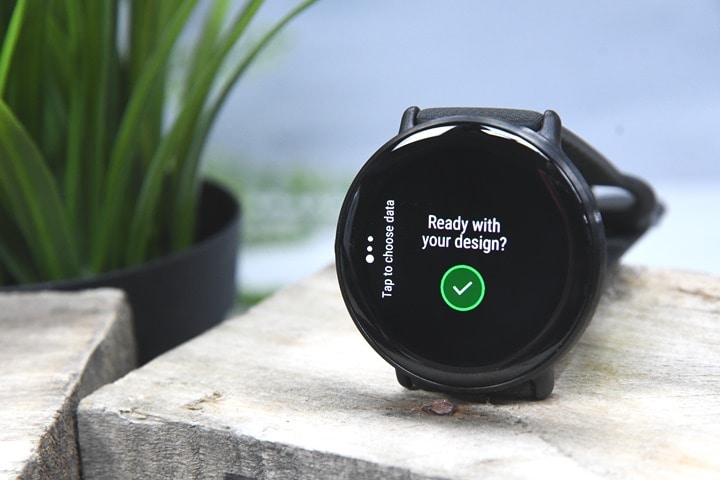
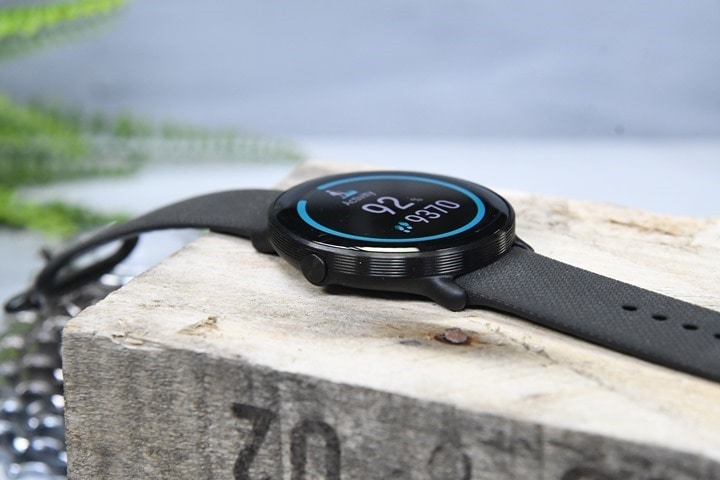
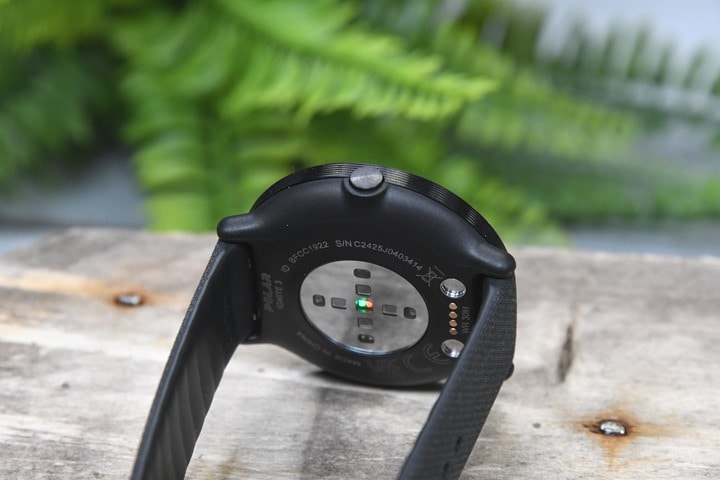
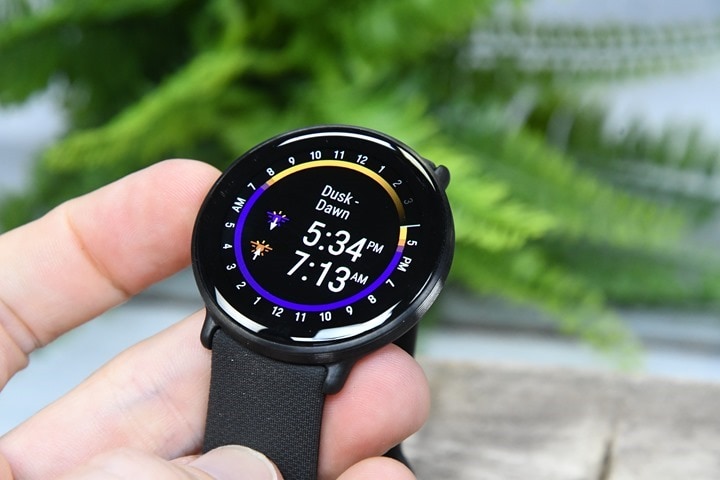
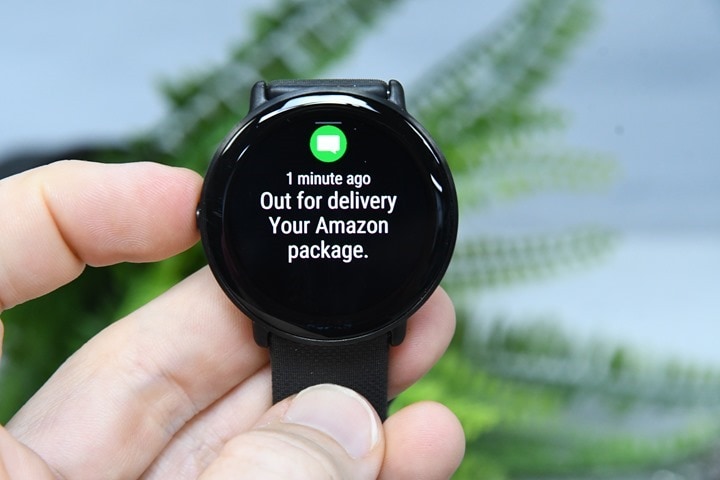
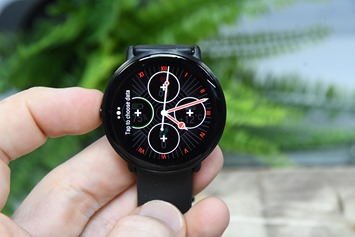
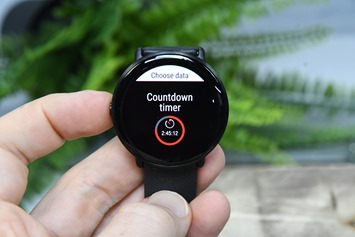
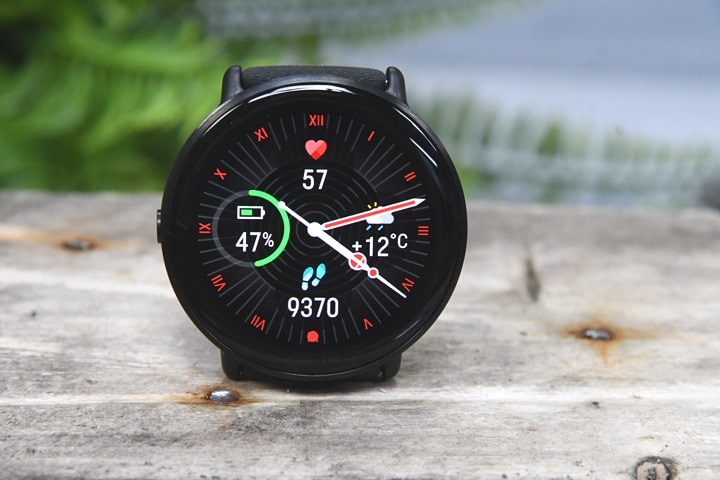
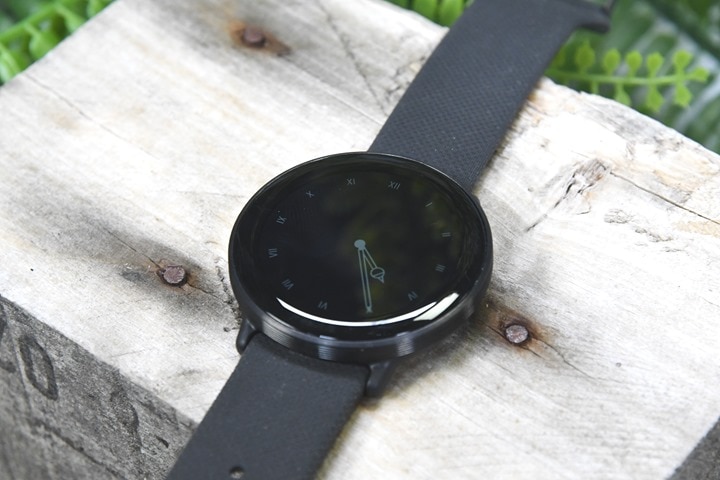
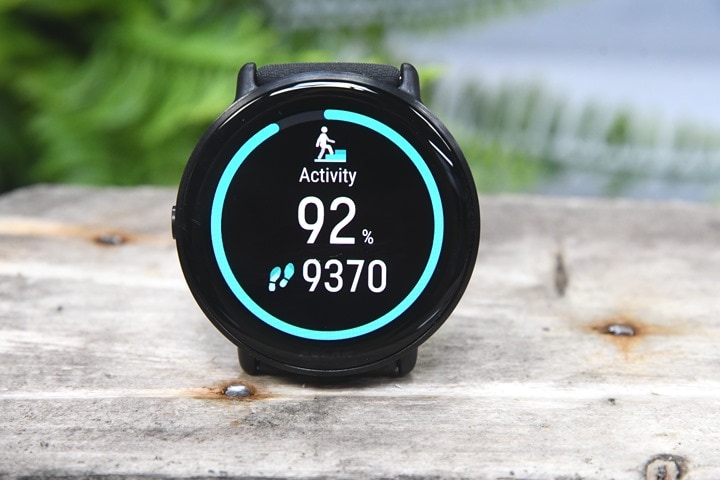
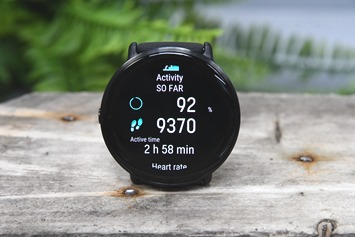
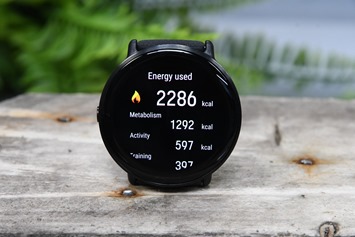
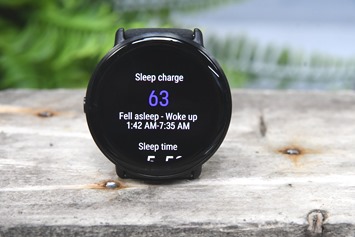
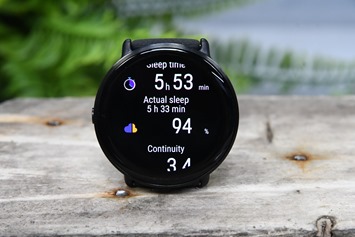

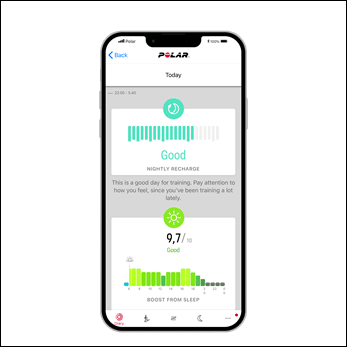

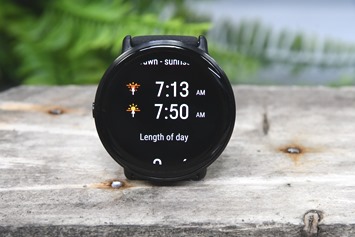
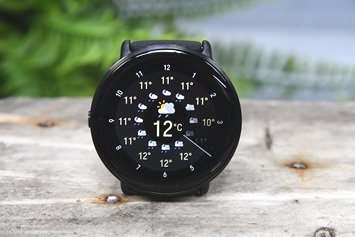
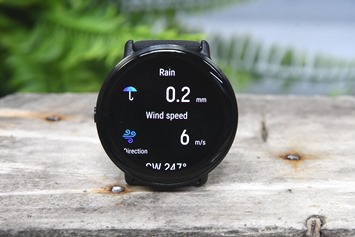
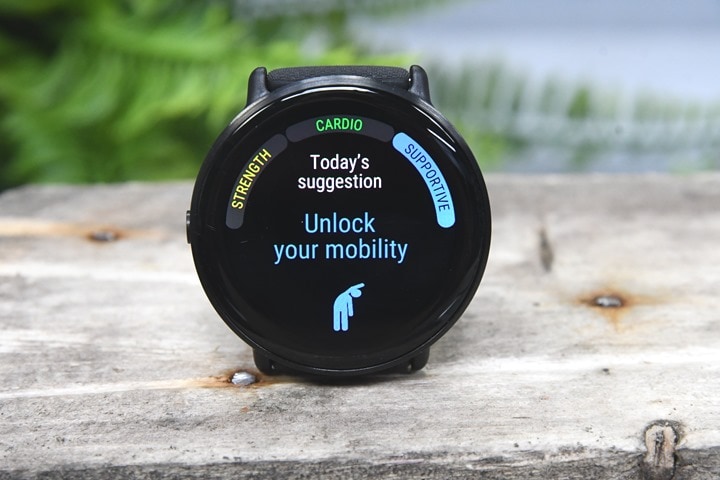
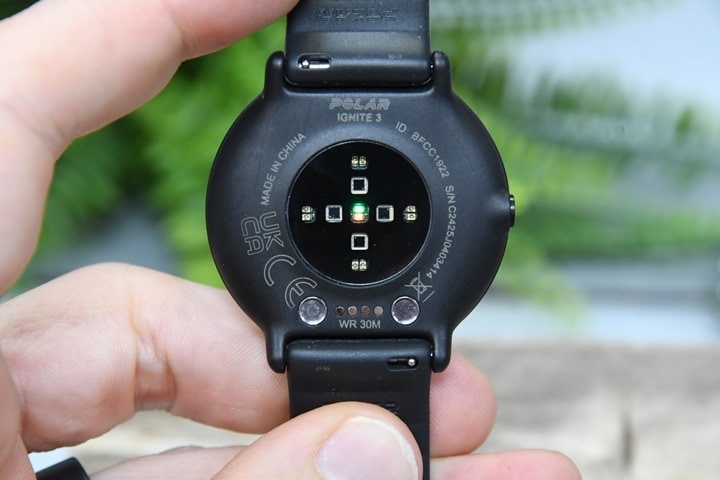
![clip_image001[13] clip_image001[13]](https://media.dcrainmaker.com/images/2022/11/clip_image00113_thumb-1.png)
![clip_image001[15] clip_image001[15]](https://media.dcrainmaker.com/images/2022/11/clip_image00115_thumb-1.png)
![clip_image001[17] clip_image001[17]](https://media.dcrainmaker.com/images/2022/11/clip_image00117_thumb.png)
![clip_image001[19] clip_image001[19]](https://media.dcrainmaker.com/images/2022/11/clip_image00119_thumb.png)
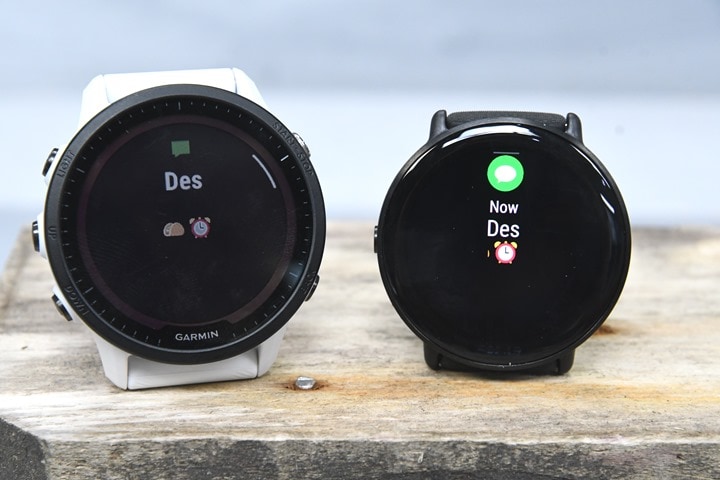
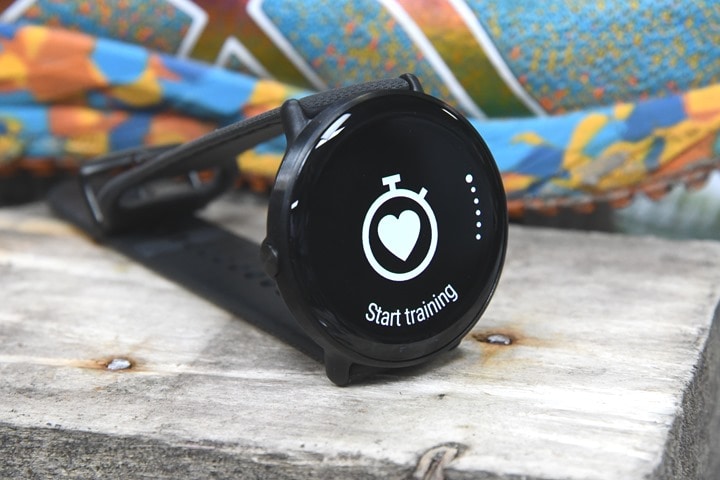
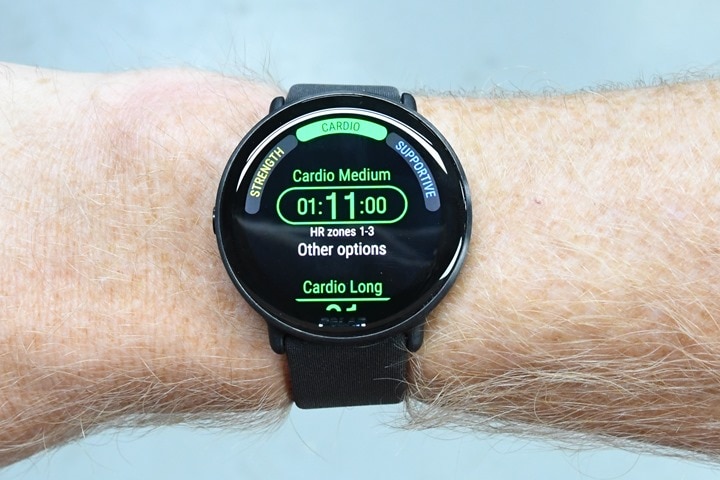
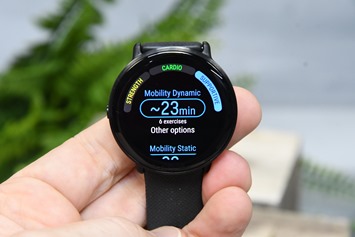
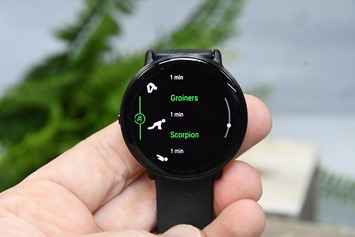
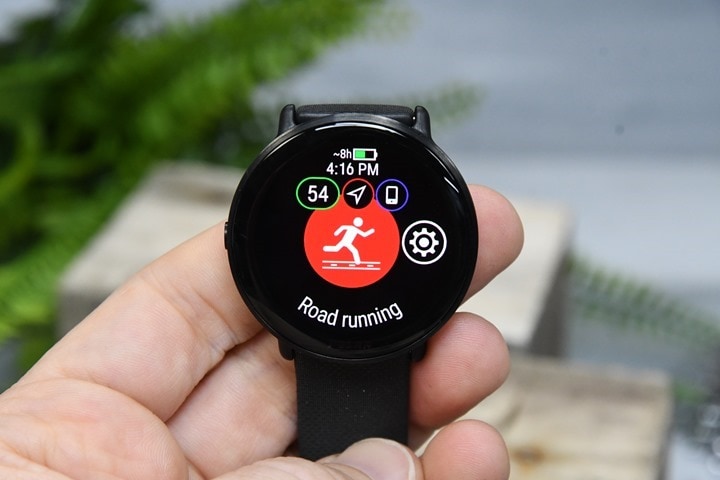
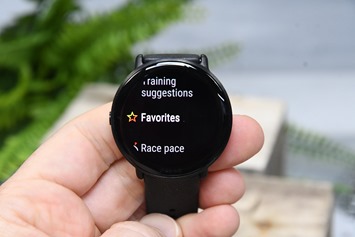
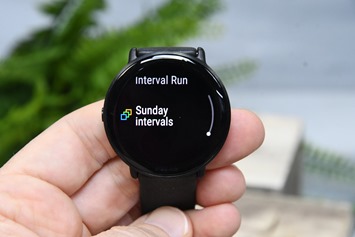
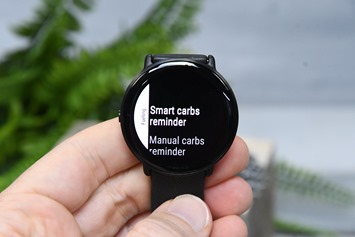
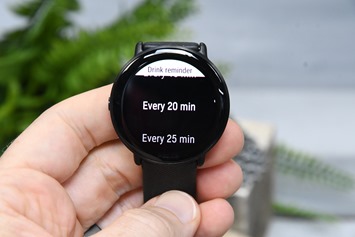
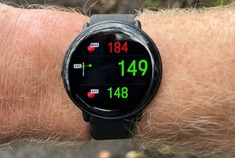
![clip_image001[5] clip_image001[5]](https://media.dcrainmaker.com/images/2022/11/clip_image0015_thumb-2.jpg)
![clip_image001[12] clip_image001[12]](https://media.dcrainmaker.com/images/2022/11/clip_image00112_thumb-1.jpg)
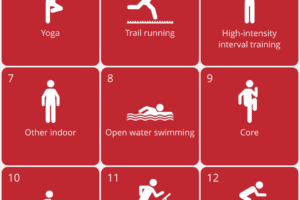
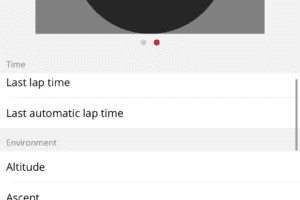
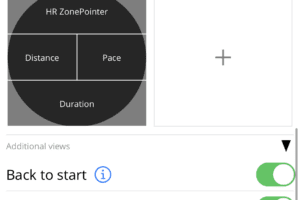
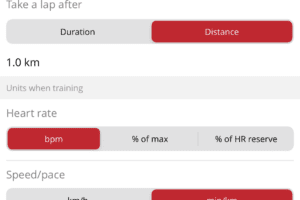
![clip_image001[10] clip_image001[10]](https://media.dcrainmaker.com/images/2022/11/clip_image00110_thumb-1.jpg)
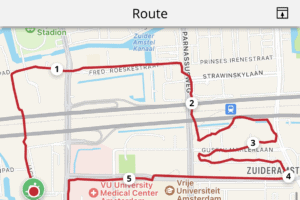
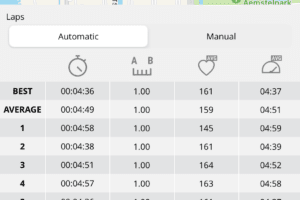
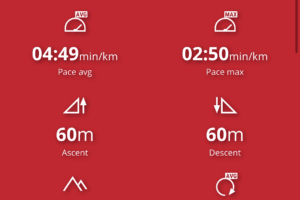
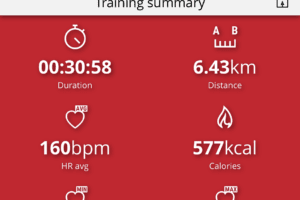
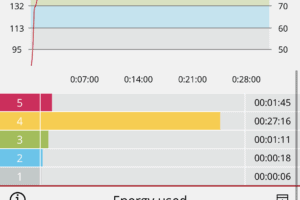
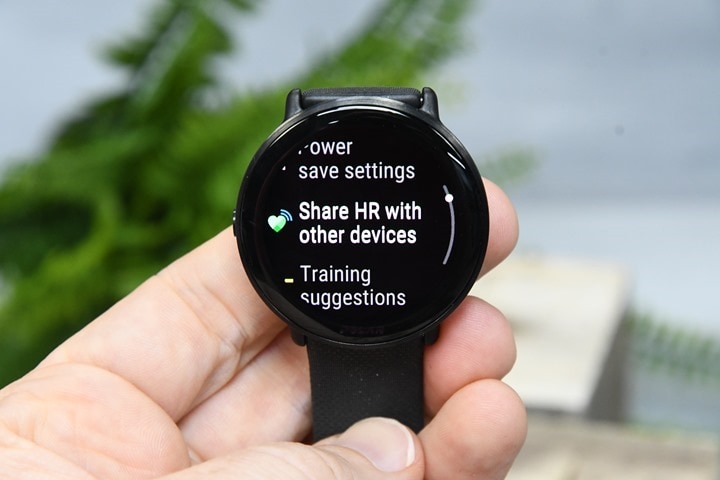
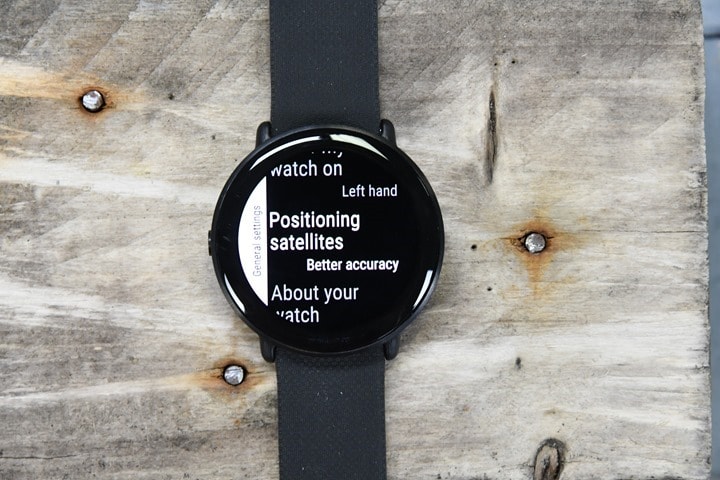
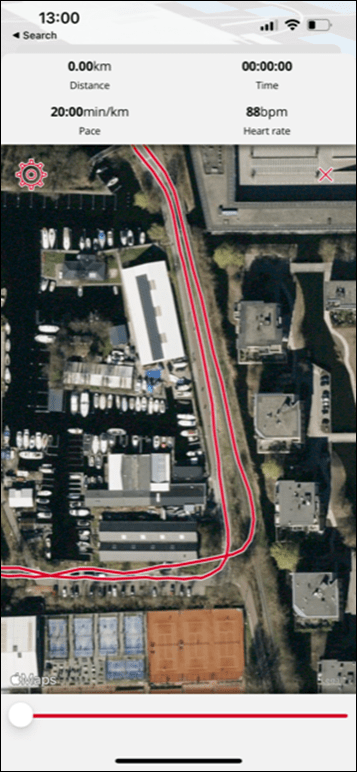
![clip_image001[7] clip_image001[7]](https://media.dcrainmaker.com/images/2022/11/clip_image0017_thumb-1.png)
![clip_image001[9] clip_image001[9]](https://media.dcrainmaker.com/images/2022/11/clip_image0019_thumb-1.png)
![clip_image001[11] clip_image001[11]](https://media.dcrainmaker.com/images/2022/11/clip_image00111_thumb-1.png)
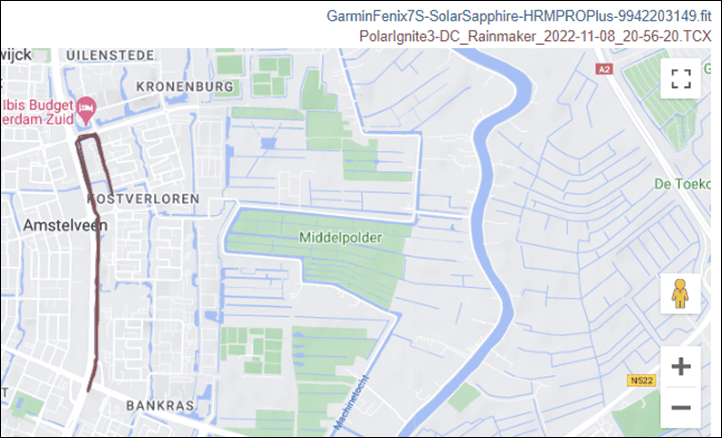
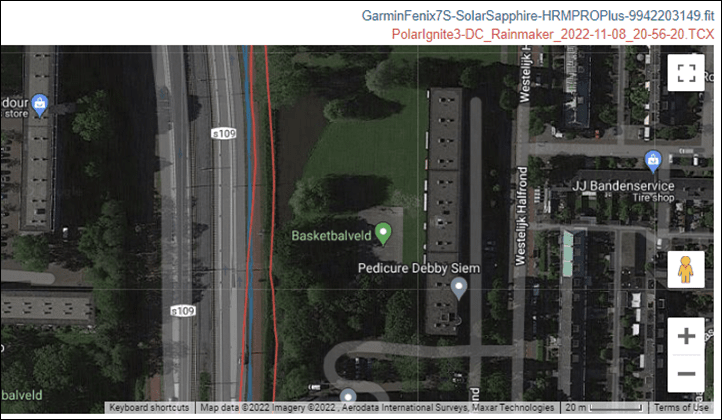
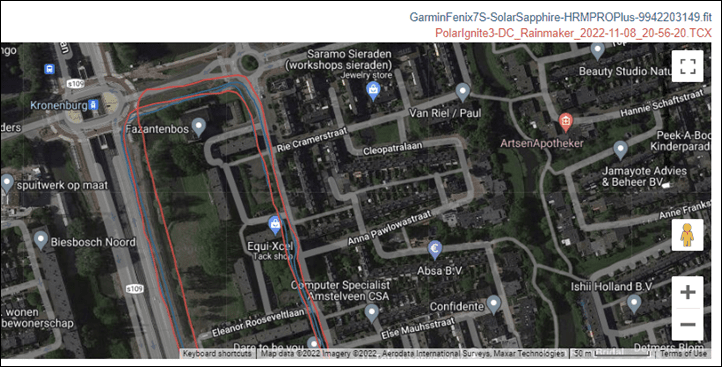
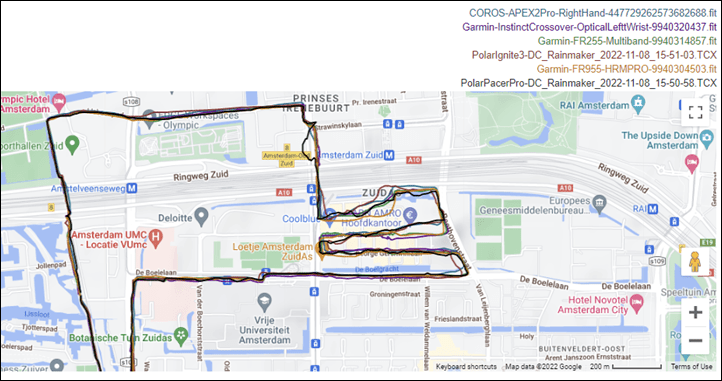
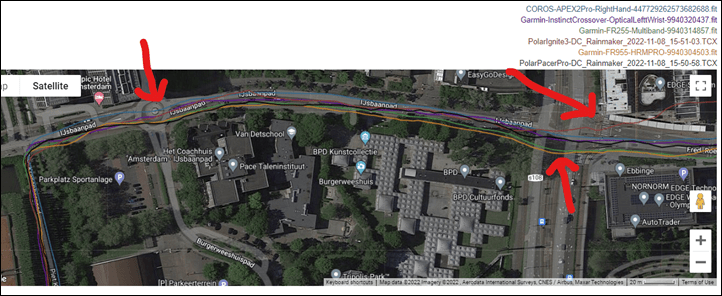
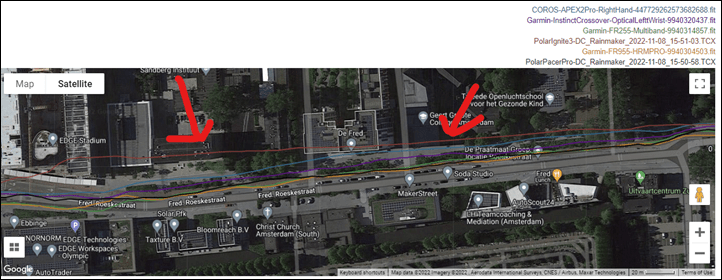
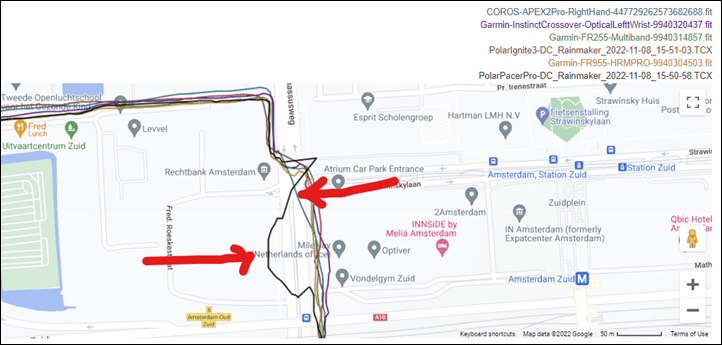


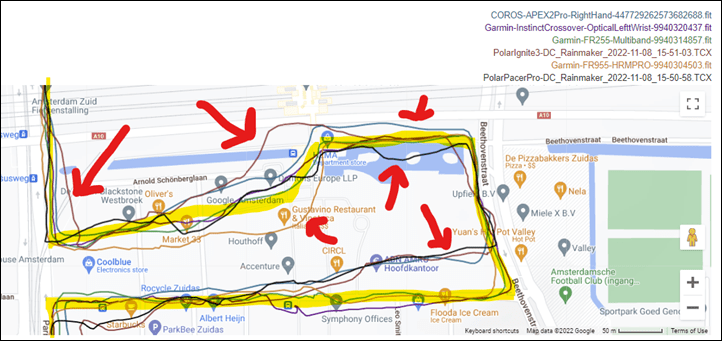
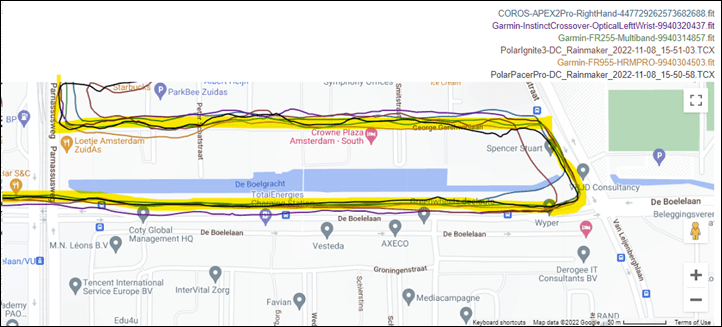
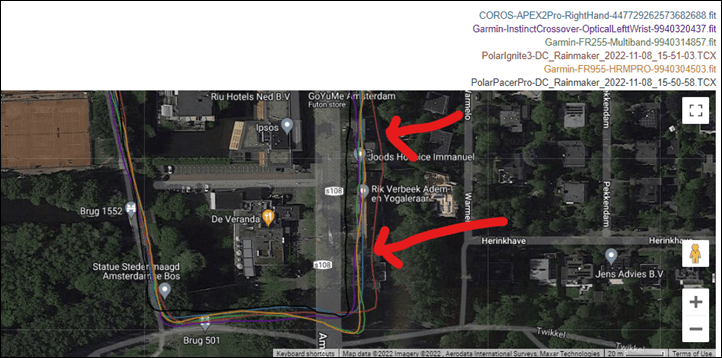



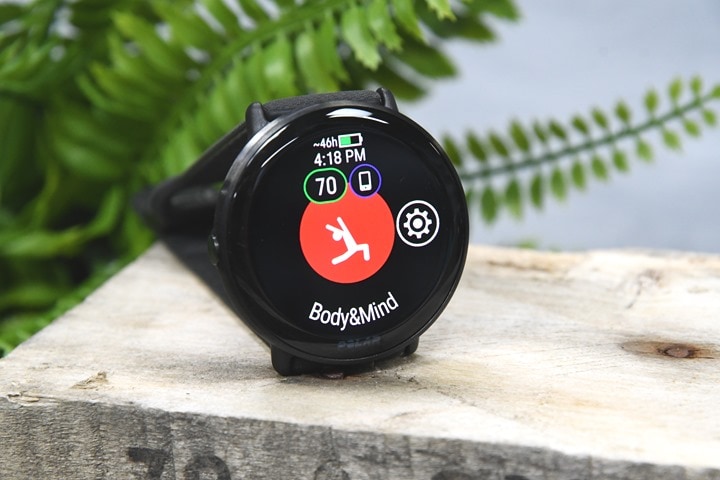
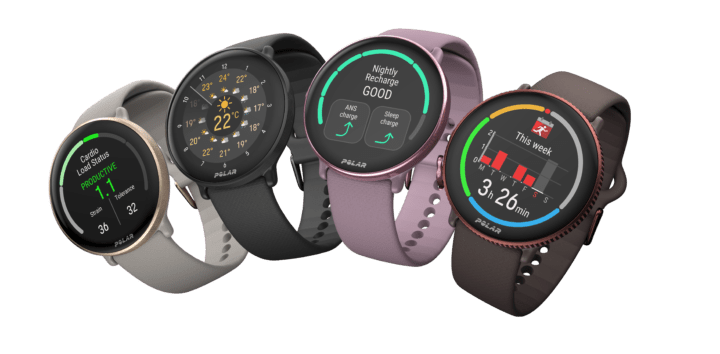
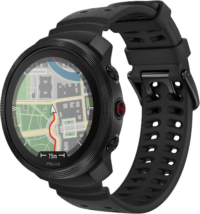
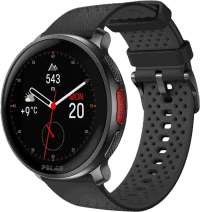
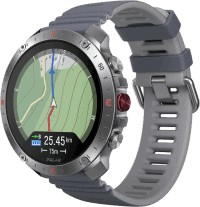
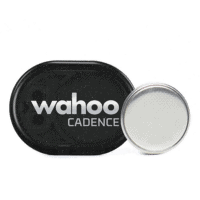
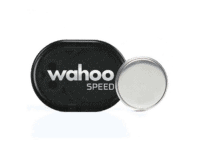

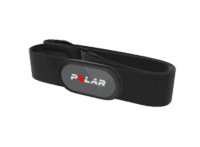
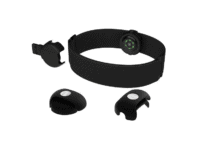
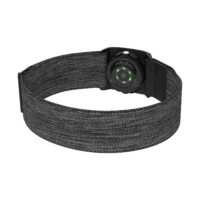





















The picture regarding music controls is… not showing the music controls 😁
Last picture in the first section.
Doh! That’s a shame, that was probably my favorite picture in the entire review! Fixed!
I can see why! 😂
This is so sad… although I have a Vantage V, for training I’m still using the V800 (that I re-bought used several times) because the VV GPS is very disappointing. I have now waited for many years in vain to see a new Polar with a good GPS and was hoping that with multi-band things would change… I guess I should really stop bothering and move over to other offerings.
I own a V800, a Vantage V and a Vantage V2. The GPS on the V2 is really the best one. There is a huge difference between the V2 and the V. The V2 is also better than the old V800.
I am looking forward on an AMOLED-Display of a V3 in the future. I think GPS accuracy will be fixed then.
Same here, been using V800 and been waiting years, like you, for a new Polar with good GPS. I think they’ve forgotten there are some serious runners and athletes out there, not just smart watch fitness users.
Just give me a basic sports watch with great GPS and I’d be happy. Far too many features on sports watches now.
Wondering what GNSS chipset they use
Confirmed as Sony.
Wondering, which Chipset they use into Pacer and Pacer Pro. The release is so close together, i tought that gps chipsets wont change in such a short period.
And only GPS-Glonass and Galileo?? Weird..
I guess I could have stopped reading when you mentioned the lags. Deal breaker.
But might be fixed via firmware updates.
But together with the GPS performance… No, thank you.
It looks like there is no integration for phone calls, is that right? Not even notifications that people are ringing you?
Hmmmmm, so are we going to see SleepWise insights added to the Vantage V?
I can’t remember/find offhand, does the Vantage V1 have/get Sleep Plus? If so, it’ll get it.
V1 for sure has “Sleep Plus Stages”, came with 4.0.11 firmware
link to support.polar.com
I’ll be impressed if Polar ports that to V1… very skeptical though.
I’m just happy to be a bit validated in my testing of the Pacer Pro (and I suspected some carry-over into the Ignite 3, and not surprisingly was right)… GPS on PPro was… “meh” at best, and often cutting into yards or even across into backyards, on trivial running sections. Ignite 2 has become HORRIBLE at GPS recently (not sure why, it wasn’t as bad 6 months ago as 3 months ago, what changed????)…
Very sad that Polar is so seemingly willing to sacrifice what used to be their trademarks, bulletproof “perfection” on the products they made, now it’s “throw everything in and hope someone buys it” it seems, and “quality, we’ll come back to that later… maybe”.
Now trying hard to daily-life with a Grit X Pro Titan… but it’s about to go back. GPS is better than the 2 above (shockingly)… and is probably “as good as most” but it’s not GREAT… and honestly, I’ve got 2 working v800s, and an m430 for daily-wear/OHR tracking, until Polar kills their ability to sync, there is nothing here worth the sacrifices of near-perfect GPS and HR tracking those provide (obviously with an Hx strap on the v800, but I always wear one anyhow unless I forget it somehow).
Oh, the GXPro Titan… has locked up and self-rebooted at least several times (I may not notice it every time it happens, but have noticed it at least 2-3 times)… and FACTORY RESET itself 3 times now (very annoying to go for a run and have to re-pair sensors first due to the last factory reset)… I’ve had it for less than a month… maybe it’s a dud (“new” box was opened (and little seal was actually on the opposite side of where it was originally stuck down) so I’m suspecting maybe I got a returned model that was resold as new… but wonder if anyone else has had this experience?
I understand Polar doesn’t want to release a “large” watch like v800 anymore (the whole custom chassis/strap thing is not popular, but that’s why it worked so amazingly well having a dedicated GPS segment in the chassis)… but they simply have to do better and get the “engineering” RIGHT especially on their higher-end products, before they add more “stuff”. Fitbit can throw the same stuff in, and achieve just as poor accuracy, with a much higher brand-recognition. I’d never recommend that option, but I can no longer recommend Polar options either at this time. But you get a pretty flower…
Do you know what GPS chipset the Ignite 2 has? My Descent Mk2 (Fenix 6X based – so the much maligned Sony chipset) has been mostly fine for the last couple years (even in smart recording mode), but suddenly recently took a nosedive, where it will be offset from where I am all the time. Makes me wonder if they’re having problems with the EPO file again.
Ingnite 2 should also be Sony.
It is unfortunate that the GPS tracking is not very good despite having the new multi-band GPS chipset, but I suppose that was a design decision/choice, i.e. Polar chose to keep the watch slim over the GPS performance, nonetheless, it’s still an improvement from Ignite 2, and I get why they did that, probably the watch’s target customers are not super critical on the GPS accuracy, but rather more keen on the HR accuracy, which Polar appears to have delivered, and that’s a good sign, especially Polar being a heart rate sensor company as a start.
I’m glad that this product is showing a glimpse of the next flagship model, i.e. Polar will eventually include multi-band GPS (well they must) and will need to improve the accuracy. I’m a VV2 user, and quite happy with the current features set, it’s a solid watch with no gimmicks, but I do use Stryd and H10. With a much improved GPS accuracy through a multi-band chipset and improved HR measurement, it will make the watch more useable standalone without any extra sensors, i.e. justifies its premium price.
By the way, I wish Polar updates the Polar Flow to do the route/course building/routing without needing the 3rd party applications (Strava, Komoot, etc). Garmin and Suunto have it, so why not Polar? I’m happy with breadcrumbs navigation as long as I have TBT, and routing is definitely something that is missing.
Do you need to wear these watches that tight on the wrist? I understand that if we wear the band tighter we have better HR readings but yours look really tight. I usually tighten my Fenix 6X when working out but never like that.
Side note: Will you be making any post/video about the tour du mont blanc you did a couple of months ago?
It’s not a problem with Polar’s science that the estimate of VO2Max from the walking test is lower than the estimate of VO2Max from the running test. You would get the same kind of difference if you took two identical VO2Max tests in a laboratory, the only difference being that in one test you were allowed to run and in the second test you were restricted to walking.
As Polar’s white paper on the walking test states: “Walking test is not the most suitable test for persons who have high level of aerobic fitness (VO2max over 60 ml/kg/min in men and 50 in women) and exercise intensively and regularly (Laukkanen et al. 1993a). Very fit people are unable to stress their cardiovascular system enough by just walking briskly. Running performance test or other more demanding performance test of aerobic fitness are more suitable for these individuals.”
So sure, for a runner the walking test gives too low an estimate of their running VO2Max.That doesn’t mean that the walking test is useless. For a person whose exercise program consists of walking, it’s the walking test, not the running test, that is the most appropriate test for measuring improvement in aerobic fitness. In fact, some people should not even attempt to take the running test, as it could be too strenuous for them.
In short, walkers should use the walking test, and runners should use the running test. And if you do take both tests, don’t expect the results to be comparable.
While I understand the reasoning I’d question the general validity of the concept. In my case my walking test was massively lower (48), versus a typical 58-61ish for me for running or cycling VO2Max tests.
Certainly, there are efficiencies to be had from training in those sports, but ultimately, to me this seems a bit of a case of making a square peg fit in a round hole. After all, the entire point of a VO2Max test is to assess aerobic capacity, this seems questionable if it can’t do it reasonably accurate without a slate of caveats – especially given when any lab tests athletes from umpteen sports, they do it via running/cycling, since it’s about stressing the aerobic system.
If you start going down the rabbit hole of the papers Polar cited, as you noted, it’s all aimed at people who aren’t physically active. In fact, the vast majority of those papers specifically exclud people that aren’t very active (one specified no more than 2 days of ‘physical fitness’ per week’). So in effect, the sample criteria for some of them seems artificially limiting in the population to achieve a more successful result overall.
And while I think it’s great to have a test that aligns to that and for that population, in no way did Polar advertise that focus area when it came out. Futher, you’d never know it wasn’t accurate for you – unless you had another test. It’s sorta like having an inaccurate power meter, without something else to compare to, you just have to trust it.
Ray, did you ever compare the walking vs. running VO2max estimate on Garmin? On Forerunner 955 I consistently got the walking estimate 8-12 points lower than the running estimate. Similar goes with the all-day HR VO2max estimate which seems to be produced only when the sport-based estimate is not available. Don’t have a Polar watch with walk test, though.
First, this is where I find out that you can apparently get an all-day VO2Max estimate, without ever doing anything. Learn something new every day.
For those curious, since, I had to just Google this. This will only ever actually show if you don’t trigger a VO2Max in a specific sport mode. Meaning, me, I’ve always triggered a VO2Max estimate via running, simply because I run with a watch. I’ve never had a watch I haven’t run with.
That then gets to the next piece, which is triggering a walking VO2Max on a Garmin. I don’t think I’ve ever done that either. Unlike Polar, which has a specific test you open, Garmin will trigger this if you meet a variety of conditions. Namely, opening the Walk profile, with GPS, outside, for 10-15 mins (depending on model) – but most importantly, hitting 70% of your Max HR for at least 10 mins constantly.
Napkin math for perhaps max HR of 185 or so, 70% puts me at 130bpm – which, is sorta the no-mans land problem I had with testing Polar. It’s nearly impossible for me to get to 130bpm walking, and once I hit running, a 130bpm HR would be exceptionally slow for me. My Z2/long-run type HR puts me around 150-160ish.
Anyways, point of that diversion is I just doing really ever use the ‘Walk’ profile on a Garmin (I use Hike, or Run), and even if I were to use the walk profile, I can’t see any scenario where I’d have held that high a HR for that long without accidentally running.
All of which is a roundabout answer to your question on how different the values would be. To that, I don’t know. Never tried. :)
More details on VO2Max estimations, from a surprisingly good Garmin Support article:
link to support.garmin.com
Also, totally unrelated, but since we’re talking surprisingly good Support articles, Polar published one yesterday on their Ignite 3 battery claims. It’d make any Excel Pivot Chart Champion proud:
link to support.polar.com
Garmin uses the same fake “last resort” VO2max estimation from walking activities. Actually they use even “faker” very last resort estimations, too: link to support.garmin.com
So Polar is neither better or worse in this field than its competitors.
Sorry, Nejc, I reacted too fast, and had not read all the posts before mentioning Garmin’s logics for Vo2max estimation.
Thanks, Ray. Yeah, I rarely get that high HR while walking. Note that I just got a VO2max estimate from a walking activity with at most 2-3 minutes > 70% HR overall. This is not in line with what docs says. And it was again far lower than running estimate (41 walking, running usually 48-50).
Thinking whether this lower estimate may be due to me reaching the sufficiently high HR only in more “demanding parts” of the walking activity where pace also gets lower due to surface type, inclination etc.
any speculation around a possible release of v3?
No mention of the actual price?
Very odd. Should have been in the list of new specs section. Must have accidentally got zapped during some re-ordering of that section I did. $329USD/EUR.
Some nice improvements here and there with this release, BUT.
I’d like to know why they still haven’t fixed their glaring issues like the lag in some options and the wrist based activation.
Their GPS tracking Got worse too. And the battery life is underwhelming.
Selling this watch will not be easy with some if these issues. Especially with what competition they have. Their aftersales/warranty departement is horrendous as well, absolutely awful compared to other brands. Atleast it looks nice and has a good heart rate monitor.
Never mind the GPS and lag issues – why is no one mentioning the elephant in the room? That umbrella icon on the weather widget; it’s the wrong way round! My brain just can’t cope with the handle curving to the right like that instead of the left, it just looks so wrong!
Why do these reviews so often compare sportswatch/heartratemonitor against smartwatch and whine about lacking apps etc. Credibility goes down the drain. Make a review on cars and use Pinto with Kenworth.
“Why do these reviews so often compare sportswatch/heartratemonitor against smartwatch and whine about lacking apps etc”
Because that’s the competition. Full stop, period.
For the Polar Ignite 3, it’s competing explicitly against the Apple Watch SE/8, Samsung Galaxy Watch 5, a bit of Fitbit Sense, perhaps a Suunto 5 Peak, and the Garmin Venu 2/Forerunner 255.
Some of those are sportier, some of those are smarter. Polar is trying to split the difference with the AMOLED display. I’m sure if I were to ask them what watch they see this competing with, they’d undoubtedly answer Apple Watch.
Which, then gets to the next point – what defines a “sportswatch” these days? Is it accuracy of HR data? Well, Apple is pretty much the leader there in most situations. Is it accuracy of GPS? Apple trounces the Ignite 3, from any of their watches. Heck, even Samsung does here. Samsung!
Is it the sports analytics? Well, Polar is better there for deeper stuff, though, Apple is quickly catching up. Or is it the sport pre-programmed workouts? Again, Polar is mostly better there.
But wait, maybe it’s having a compass for navigation? Apple has that, Polar doesn’t. Or maybe having an actual plotted trail to ‘backtrack’. Again, Apple has that, and Polar doesn’t here. Or, is it a barometric altimeter for correct elevation data? Yup, same story – Apple has it, Polar doesn’t here. Or was it running power? Apple has it, Polar doesn’t?
What is a sports watch again? Was it longer battery life? Nah, not in always-on display mode – its identical to an Apple Watch. Polar is longer if the display is off, no doubt. But then is it still a “sportswatch”?
I could do this all day.
The world is changing. Polar is keenly aware of that, which is why the Ignite 3 exists. They have to adopt either outsized fitness/sport features well beyond Apple/Samsung/Google, or, they have to adopt just enough smartwatch features to tide people over. Or they go out of business.
Watched the review by Desfit. He didn’t seem to have the same GPS issues you experienced and the lag wasn’t as bad. You can see this in his youtube post.
Would it be possible for you to check with polar you have there right firmware as this is a pretty harsh review and we need to be kind to those vendors still trying to do something different else you will have a very boring web site just reviewing garmin and apple products
I have the right production firmware. They saw the review, and didn’t object to any findings, or have any concerns noted. Des did outline some GPS inconsistencies, though, not to the same degree I did. Perhaps location is an aspect of it, he’s in the US, and I’m in Europe. Not sure. It is what it is.
Ultimately, I’m not sure why I need to “be kind to those vendors”? I just show it like it is. That’s the fun part of data. I literally show the GPS tracks. They aren’t good. I show them against Polar’s own products, and it’s not good compared to those.
Same goes for lag. I literally showed the user interface in an uninterrupted demos, demonstrating how it actually works.
I took the same approach when I showed how dismally bad Garmin’s user interface and other aspects of the Varia Radar RCT715 Camera/Tailight was this past spring. I really don’t understand why people want me to give “kind reviews” to products that aren’t good. I mean, isn’t the entire point of a review to show you how well the product does or doesn’t work? After all, the idea behind reviewing a product is knowing whether or not it’s something YOU want to spend your money on. It’s not there to appease vendors.
I know people don’t like to see negative reviews, and I certainly don’t like writing them. But equally, I’m not going to write “All is good!” type reviews covering up issues merely to be kind. If that’s what you want, there are lots of marketing materials out there, or people trying to appease brands. That’s not me.
Yes, please write honest reviews. As a buyer, I want to know the facts as I use it in my buying decision. And hopefully, it spurs vendors to improve the product. I ignore those blogs and influencers that just state the positive and are silent on any negatives: lacks credibility. Thanks DC. Keep up the good reviews.
Thanks KC – appreciate it!
It is why we come to your site to read the good and the bad about any product you review so be critical as a sports man.
Thanks Poul!
Also, first people started getting units on Reddit, and showing the same bad lag problems as I did.
Is multiband GPS really that big of a deal? I hear you a lot about a watch needing to have it and condemn watches that haven’t.
I quote from your review of the forerunner 935 (my current watch) : “In short, on this run there’s no issues with GPS accuracy of the FR935. And that’s indicative of what I saw on other running activities as well.”
And that’s what I have, basically no gps issues what soever.
So the question is, will multiband GPS help me run faster or will it help Garmin/Coros/Polar/… sell more gadgets?
I was talking to a company yesterday, and here’s paraphrased what I said about multiband:
I don’t particularly care if a watch has multiband or not, what I care about is good accuracy. Take for example power meters inside trainers. Years ago, when Wahoo released their first Wahoo KICKR, it actually had a power meter inside of it. And while it was great in theory, in reality, it often got damaged in shipping, and thus, was far worse than algorithms.
These days, only a few trainers (from Elite) actually have power meters in them. In Elite’s case, their OTS system is great, and durable during shipping. But equally, the algorithm-based systems from Wahoo/Tacx/Saris/etc all work perfectly fine too – to the same level.
The same is true of multiband – I don’t entirely care per se, as long as it performs. As I noted in the Instinct Crossover review, which lacked Multiband as well, it’s a shame Garmin didn’t include it – namely since that watch is designed for touch GPS scenarios. But, despite not having it, it handle nearly as well as the Garmin multiband units, and better than the COROS/Polar multiband units.
As for how this helps in the real world, take the NYC Marathon this past week. Owners of Garmin or Apple multiband watches, could have very viably gotten realistically clean tracks there, based on all my testing. Which in turn gives them better race pacing. Other watch companies, based on my testing, not so much.
Same is true for hiking or trail running deep in the mountains where there aren’t posted signs for each mile marker like in a race.
Well, here’s the problem. I have 500 euro to spend.
My fr935 is kinda old and I have to charge it every 4 or 5 days. I want a new one, but do I need a new one? Not really. I do trail in the mountains and never had any problem navigating a trail. (on trails I don’t really care about pacing). I live in Rotterdam and don’t really have a problem pacing the Rotteram marathon.
I could spend it on a 4iii single side powermeter. Do I need one? Off course not. I like to bike, but most of the time those are social rides, recovery rides or replacements for long easy runs.
I also want a Sonos sub. But that’s a different story.
Long story short, like you said in your years old FR935 review, no problems with GPS whatsoever. Multiband is for some niche situations and for people who just want new gadgets with new technics. It’s a want thing, not a need thing.
And great for bloggers like you, naturally. Otherwise it would be quite boring.
(Sure, I could save some money and buy a FR255, which is a better watch than my 935, but hé, I’m also only human)
Yeah, the FR935 is still a good watch, and realistically, for the vast majority of terrain you’ll find in the Netherlands, you’re simply not going to need the multiband. There are small pockets, almost entirely in city areas, where it might struggle – but even those are rare. And further, you’re not going to get to take advantage of the ClimbPro type features anywhere in the Netherlands with it (even the biggest hills in the Netherlands simply won’t get much value out of ClimbPro).
If I had 500EUR to spend for swim/bike/run training, and didn’t have a power meter, I’d try and find a power meter in that ballpark – ideally not a left-leg only one. Perhaps a Power2Max unit on sale for Black Friday, or maybe the Favero Assioma Duo’s will see a sale and get close to that.
Or, ya know, hope SONOS has a sale on their stuff. Sometimes they do. :)
Interesting… I ran NYC marathon past weekend with Garmin Epix2 multi-band enabled and I was kinda dissapointed. Although the track was very good, the total distance was so-so (26.56 miles). I don’t know whether this figure is aceptable or not but much worse than the 26.32 miles that I got back in 2019 with the FR935. Honestly, the races I have ran so far with the Epix2 have been not great in terms on total distance. Again, the track is perfect so I expected something better…
To be honest, ignoring GPS data entirely, if you ran only 26.3 or 26.4 miles during any marathon, but especially NYC, it’d be very very impressive.
With as many people as are in the NYC marathon and as many turns are in it, it’d be impossible for all but the leaders.
Here’s an old post that explains why: link to dcrainmaker.com
Basically, the only way to get numbers that low is by gps cutting corners.
I saw you write that people analyze on which side of the street there is a GPS trace. And as I go your tests you do the same. Maybe instead of looking at charts and maps, start looking at data like distance or pace (during the run)
Question because I did not know the answer anywhere. Can Ignite 3 be combined with footpod
Yes, I remember your article, it made me to try run the tangents, although nearly impossible to do it in every corner for a 3:15 marathoner. I supposse inaccuracy can go both ways. I’ve checked the FR935 track and yes, it is much worse than Epix’s so the apparent accurancy is because the watch “cheated”. Perhaps my expecations weren’t realistic, those 0.36 miles is easily 2-3 minutes at my pace so my target time is kinda off. In summary, the 26.56 miles is as good as I can expect?
Thanks!
Still using Ignite 1 though in recent weeks, it takes a few minutes for GPS to lock on.
For Polar not to get GPS right, that’s hard to accept.
Looks like the hard is better than the soft for Ignite 3. Why Polar?
The Assisted GPS data is the problem – periodically it resets to a version that expired back in 2018. A sync fixes it – but at some point it will reset the data that expires in 2018. I wonder if the other models have same issue, I was thinking of upgrading to Polar Pacer Pro.
I had Ignite 1, and recently updated to Pacer Pro. Works much better for me. GPS tracks are only somewhat better, but the instant velocity is much more stable and reliable. Then comes the barometer. And finally, I do not have to charge the watch twice a day (after 3 intense years the battery was almost dead). A 100 min run drains now only 5%, while Ignite 1 was dead after just 40 min with screen on. I wonder why Ignite 3 costs more than Pacer Pro.
I’m curious to your thoughts on the Ignite 3 vs the recent Pacer Pro? My M430’s (optical) heart rate monitoring abilities seem to have died :(. I’m primarily a runner but do a fair amount of other activities (biking, hiking, yoga) so I’ve also been a big fan of the multisport aspect of the polar watches. If both GPS and heart rate are important, which would you recommend? I’m also debating just holding out for a polar watch with better GPS … I’m not too keen to change brand since I’ve years of data on the polar flow app.
Is it possible to connect a powermeter to the Ignite3?
Based on Polar’s website, no power meter.
Actually it does not seem possible to connect any sensors… so no footpod, or stryd either.
link to support.polar.com
If you are a cyclist and you want to see heart rate, speed or cadence on your handlebar mounted watch, stop shopping any of the Ignite line of products.
None of the Ignite (Ignite, Ignite 2, Ignite 3) products are compatible with a stride sensor, speed sensor, cadence sensor, or the Polar bike mount.
There’s a link in the Ignite 3 manual to this. link to support.polar.com.
I don’t see this compatibility gap in Polar’s online compare feature, or specs.
…”Given the unit pairs with just about any Bluetooth Smart sport sensors, you can use just about anything though.”
Ignite 3 would not pair with my Trek DuoTrap S speed and cadence sensor (which is a a Bluetooth smart sensor). The DuoTrap pairs readily with the Wahoo app on my iphone, and my old Vantage M.
I’d be willing to bet that Ignite 3 won’t pair with the Wahoo speed and cadence sensors pictured in the review above either. I can’t test that because I don’t have the Wahoo sensors, and I’m returning the Ignite 3.
Because cadence and speed sensors are not “compatible” with Ignite 3.
You wrote ignite3 doesnt use GPS from phone like Ignite2 did. That’s incorrect, ignite series never used GPS from phone, this line use built in GPS chip. You wrote about Polar Unite.
Every time Polar releases a new watch I’m hoping to find a modern replacement for my M430. I’d really like to stay in the Polar camp but it’s hard to ignore what Garmin has to offer these days.
DCR: I hope perhaps in the Sleepwise mini-review/update you will consider improving your “in depth review” criteria around sleep related features. Forgive me, but your current approach seems to be .
For instance, at least mentioning some/all of these:
– Does it integrate or weight other watch training metrics / daily readiness? Recommended training?
– Is the “sleep score” composed of meaningful metrics? e.g. HRV/RMSSD, breathing rate, HR, “sleep stages”?
– are lesser metrics considered? (SPO2 maybe? or maybe sleep stages goes here?)
– How does “sleep stages” breakdown compare to a reference. Maybe also compare with/without a bed-partner to avoid accelerometer false-readings?
– Do acute changes in sleep duration properly influence training recommendations? (e.g. slept 2 hours but watch recommended bonkers intensity?)
Regarding the sleep stages, I understand “reference” is challenging. Maybe this is not comparable, but relative comparisons of running power aren’t that meaningful either. Yet they do show gross errors between products.
Food for thought perhaps.
Regardless, i appreciate your reviews, many thanks!
Anyone using and syncing multiple polar devices? Can I use my v800 for workouts and another watch for daily/sleep? Would the app data be seamless or over written would the watches pick up each others’ data?
V800 replacement band recommendations?? Mines halfway torn.
DCR: any update on if the new 1.2.1 update helps those UI lags? GPS chipset firmware update was in there, I’m curious if that helped accuracy at all?
Hi everybody,
did you realize? SleepWise is now availiable – even on older units. Today I got recommondations in Polar Flow App. I am using a Vantage V2 during the night.
Happy, peaceful christmas to all of you!
I’m wondering if the super laggy interface is because they contracted to use a microVM from MicroEJ with their MCU. I’m not sure where Polar is heading. But chasing unicorns with a MicroVM points to bigger problems with their in-house confidence of capabilities for HW/SW design and development.
They seem to be following a more marketing centric focus and lacking a long term sustainable innovation based engineering one.
link to silicon.co.uk
Not sure, but, I can confirm on the latest firmware, as of 1 minute ago, it’s still laggy.
Hi, anything else improved in the titanium version except the casing? Also Ignite 3 is only WR30 waterproof, but you can go swimming with it can you not? Also probably nothing new in the lagginess front?
I’ve got the Vantage V2 since the launch and been waiting for a new version. I actually only would want a better display with more customizability like the Ignite 3, but naturally not the lagginess. I like to hold the unit in the wrist always. At least the V2 like the V1 like the V800 like the RS800cx have endured 24/7 on the wrist like in sauna or ice swimming.
Hi, I was looking for a fitness watch for my wife, and this Ignite 3 seemed to be perfect. But after reading this review I decided to look for something else. Than, by a chance, I found some info that the most (if not all?) of the features of the new Ignite 3 titanium became available also for the original one with firmware 2.x. and apparently it is not (so) laggy any more.
It would be great if you can test it with the new firmware, I am sure many people make their buying decision based on your reviews (like me), and it would be pitty not to take into account some more recent info if the things have been improved.
Thanks for your reviews, they are very helpful.
I have been happy with the Ignite GPS and although I would love to have maps, I am in the $200/$300 price range. Today the Ignite 2 (GEN 3 HR, Single GPS) went on sale for $167. At $340 is the Ignite 3 worth it the upgrade, considering I don’t have a use for skin temp and there are no maps to leverage very accurate GPS. If Ignite GPS at least as good as the Ignite GPS, if not as good as other Dual GPS watches, I would be happy. Sin As if not a difficult enough decision, the Pacer Pro also on sale for $167, although THE BAND…
Hello everyone, today my vantage v turned off with 30 % battery left. 4,5 years served me well. I was looking at the polar vantage v3 but so many bugs are a no go for me. Then i saw polar ignite 3, read about lag… Any rumors about ignite 4 someone please?
When using the Ignite 3 for OW Swimming it only shows speed. My training views are set to show paces. How/where does one select to show PACE instead of speed (which is pointless give the slowness of my swimming).